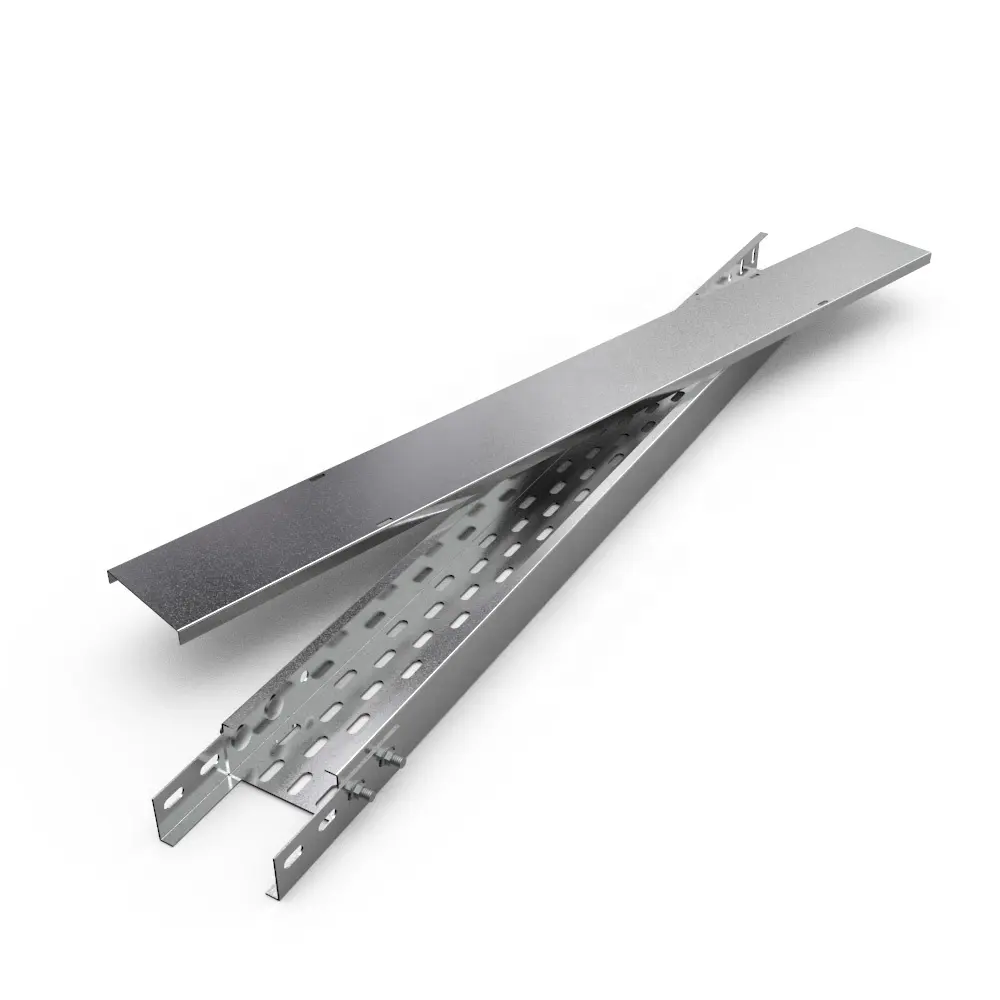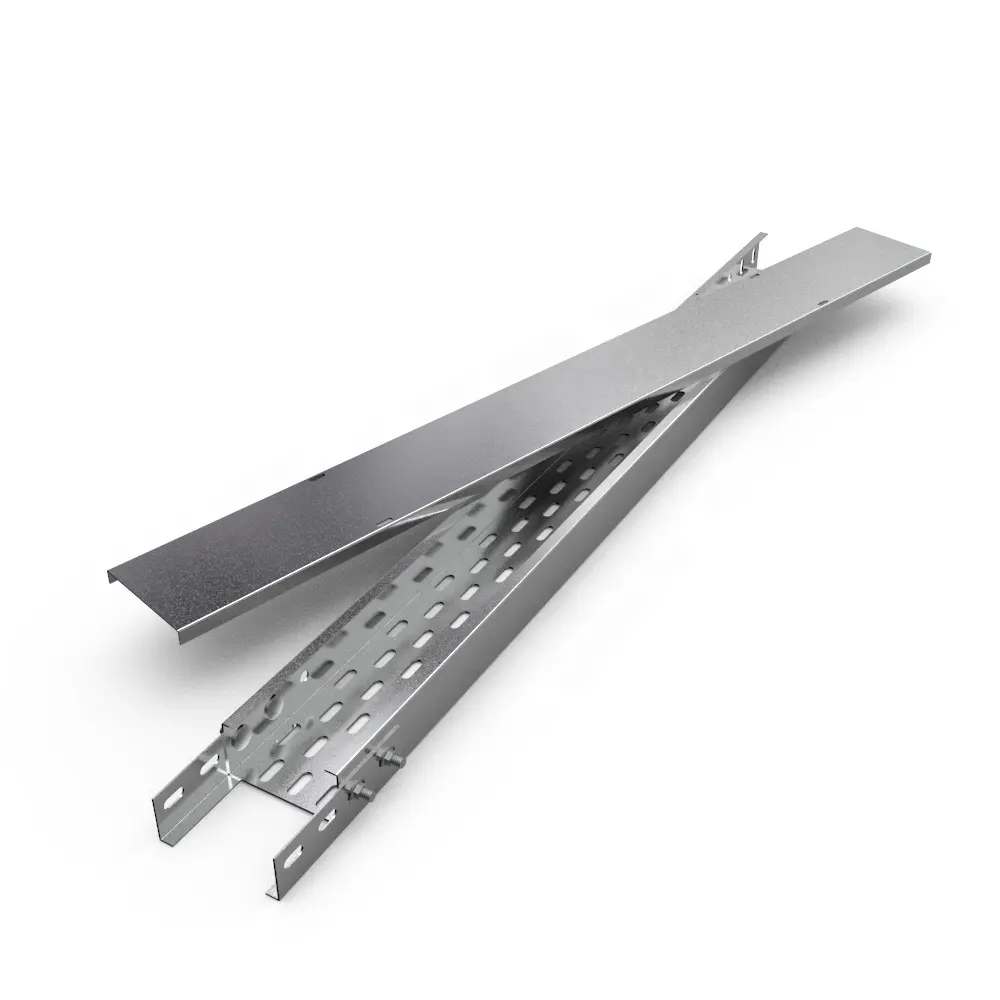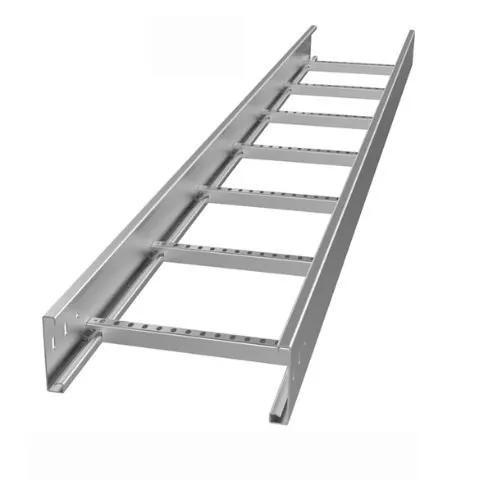Cable management systems are integral components of modern electrical installations, ensuring the safe and efficient routing of cables. Two primary methods that have been widely adopted for this purpose are cable trays and conduit systems. Each has its own unique advantages and applications, making them suitable for different project requirements. This article delves into the reasons why one might choose to use a cable tray system instead of conduit, exploring their comparative benefits, versatility, cost-effectiveness, ease of installation, maintenance, and adaptability to changing needs.

1. Flexibility and Adaptability
Cable trays offer an inherent advantage when it comes to flexibility and adaptability. Unlike conduit, which requires each cable to be pulled through individual pipes, cable trays can accommodate multiple cables simultaneously. This open-tray design allows for easy addition, modification, or removal of cables as the need arises in industrial or commercial environments where frequent changes or upgrades to the electrical system may occur. It’s particularly useful in data centers, manufacturing plants, or any facility where technology is evolving rapidly.
2. Ease of Installation and Maintenance
Cable trays simplify the installation process by providing a structured pathway for large numbers of cables without the need for threading each one through separate conduits. This not only saves time but also reduces labor costs significantly. Additionally, cable trays allow for better air circulation, reducing heat buildup, and hence prolonging cable life. Maintenance becomes more accessible since technicians can quickly identify, access, and replace cables without having to dismantle lengthy conduit runs.
3. Cost-Effectiveness
In many cases, cable trays prove to be more cost-effective than conduit systems due to reduced material and installation costs. The open structure means less material is used compared to the closed conduit systems. Moreover, the simplicity of installing and modifying cables within a tray system can lead to savings on labor and downtime during repairs or expansions.

4. Capacity and Load Management
Cable trays are available in a wide range of sizes, materials, and configurations, allowing them to handle substantial loads of cables with varying dimensions and weights. This is particularly beneficial in high-capacity power distribution systems or IT infrastructure projects where numerous large gauge cables must be managed. Conduits, especially smaller diameter ones, can limit the number and size of cables that can be installed effectively.
5. Aesthetics and Visual Inspection
Cable trays provide a neat and organized appearance while facilitating visual inspection of cables. This visibility is crucial for monitoring wear, damage, or potential overheating issues, enabling timely intervention and preventing accidents. Conversely, conduit systems conceal the cables, making it difficult to assess their condition without disassembly.
6. Fire Safety and Protection
While conduit systems can provide some level of physical protection to cables, certain types of cable trays (like ladder type or perforated trays) can enhance fire safety by allowing smoke and heat to vent, slowing down the spread of fire. Special fire-rated cable tray systems are also available to meet stringent building codes and fire safety regulations.

7. Environmental Considerations
Cable trays are often made from recyclable materials like steel, aluminum, or even fiberglass, which can be environmentally friendly choices. They are also easier to de-install and recycle at the end of a facility’s lifecycle compared to conduit systems that could involve more embedded materials.
Conclusion
While conduit systems do provide excellent protection against environmental hazards and physical damage, cable trays offer a compelling alternative for projects that require flexibility, scalability, and cost-effective solutions. Their open design promotes better airflow, facilitates easier maintenance, and simplifies the installation process, especially in scenarios where future modifications or expansions are likely. As with all engineering decisions, choosing between cable trays and conduit should be based on a comprehensive assessment of project-specific requirements, including site conditions, safety considerations, and long-term operational needs.

